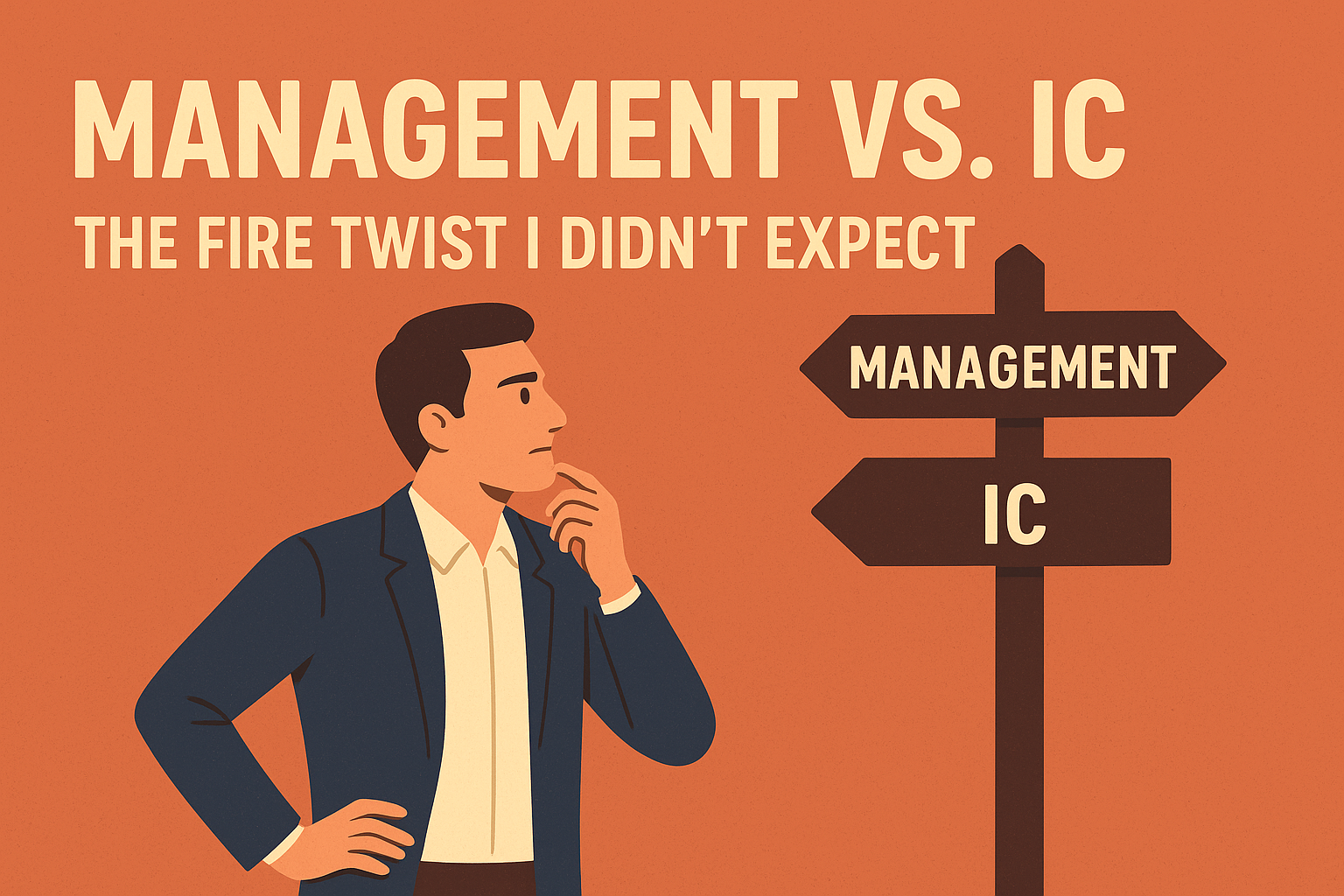3 ways to maximize your 401K retirement account
Have you ever been given the advice to contribute 15% of your income into retirement? Or that you should max out your 401K? Or that you should at least contribute up to your employer match? Don’t worry, those are not going to be my tips for maximizing your 401K. In this article, I’ll share the most common mistakes you should avoid to not only maximize the returns but also protect your 401K account.

#1 Understand what you Buy
Blend funds. Target funds. Mutual funds. Bond fund. Index funds. There's so many to choose from. And it is overwhelming, especially if you aren't excited about looking at graphs and numbers.
I’ve had six (6) 401K plans during my lifetime (I’ve held a lot of different jobs…) and they all have defaulted or strongly encouraged me to buy into a Target fund. Like many people, I thought this was the best, all-weather type investment that will optimize a 2045 retirement. It wasn’t until 2015 that I dug into the specifics and found that out my Target fund has been underperforming the market by a landslide AND that they were charging me 1%+ fees!
This taught me the importance of understanding my 401K options and to do the research before pumping thousands of dollars in each year. It sounds like common sense, but when I talk to highly paid professionals, they also don’t know what’s in their 401Ks—let alone the performance or fees.
Do not pick the first fund that is suggested to you!
(adsbygoogle = window.adsbygoogle || []).push();
#2 Check the Fees
Most people don't know that it costs money to hold on to funds in your 401k. This is called the expense ratio. For example, if you had $100,000 invested into a fund with an expense ratio of 0.1%, then you will pay $100 in fees for the year. And you will pay whether you make or lose money. This is how the banks get paid.
Typically the expense ratio for 401K funds will vary from 0.015% to 1%. It’s highly dependent on your employer.
But the kicker is that most employers and banks will default or encourage you buy into a Blend or Target fund, which generally have higher expense ratios. For example, FIAM Blend Target Date 2045 has an expense ratio of 0.26% but FXAIX (Fidelity 500 Index Fund) has an expense ratio of only 0.015%.
The annual difference of 0.245% will end up being a 10.28% difference at the end of a 40 year period.
To layer on top of that, FIAM Blend Target Date 2045 has seen a yearly appreciation of 10.07% over the last 10 years, while FXAIX has seen a yearly appreciation of 13.68%--a 3.61% difference. So the Target fund is more expensive to own AND it’s significantly underperforming the market. Sounds like a bad deal to me.
By checking the fees on your investments, it will save you thousands to hundreds of thousands in your retirement.
#3 Front-load your Contributions
Front-loading your contributions means to max out your 401K as soon as possible. I personally allocate 100% of my paycheck to go to 401K. Meaning, my 401K account is maxed out early in the year. This may seem counter to a lot of advice we get, because it’s perceived to be riskier. But data tells us another story.
Research shows us that around 68% of the time by front-loading your investments (i.e. lump sum), it will yield a better return than spacing it out (i.e. dollar-cost average).
It is not a guarantee that front-loading will always outperform dollar-cost averaging, but for 2 out of 3 years it will. And this strategy works best if your investment horizon is decades, which is exactly what 401K investing is.
(adsbygoogle = window.adsbygoogle || []).push();
Conclusion
These are my 3 tips that go beyond the generic, “max out your 401K” and “start early” type of advice. Any of these actions should save you thousands of dollars and will only take several minutes to do. If all 3 are done early enough in your career, it may end up being above a $1,000,000 difference. So don’t take it lightly and do your research now!
Featured
[

](/blog/the-post-financial-independence-life-no-one-talks-about)
The Post-Financial Independence Life No One Talks About
[

](/blog/im-building-a-fire-tool-and-i-need-your-input)
I’m Building a FIRE Tool — and I Need Your Input
[

](/blog/management-vs-ic-the-fire-twist-i-didnt-expect)
Management vs IC: The FIRE Twist I Didn’t Expect
2024 Year in Review - Top 6 highlights
[

](/blog/3-things-that-make-fire-hard)
investing, fire, money, retirement
investing, fire, money, retirement
investing, fire, money, retirement
[

](/blog/2023-year-in-review-top-6-highlights)
2023 year in review - top 6 highlights
[

](/blog/5-tips-on-how-to-get-promoted-in-a-big-company)
5 Tips on how to get promoted in a big company
[

](/blog/is-4000000-still-a-good-fire-number)
Is $4,000,000 still a good FIRE number?
[

](/blog/stock-market-is-back-to-near-all-time-highs)
Stock market is back to near all-time highs
[

](/blog/3-ways-i-might-make-money-in-2023)
money, fire, stocks, real estate
3 Ways I Might make money in 2023
Enjoyed this post?
Subscribe to get my latest posts on financial independence, investing, and the journey to FIRE delivered straight to your inbox.
More Posts

5 Things I'm Focused On In 2026

How much did I spend in 2025???

Comments